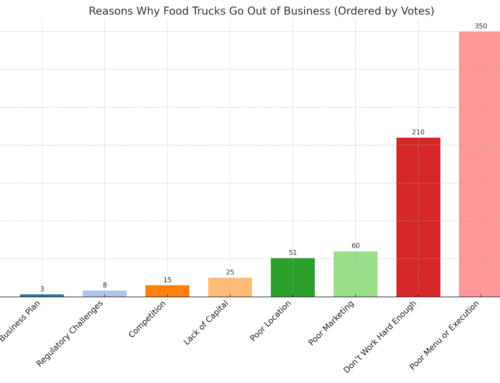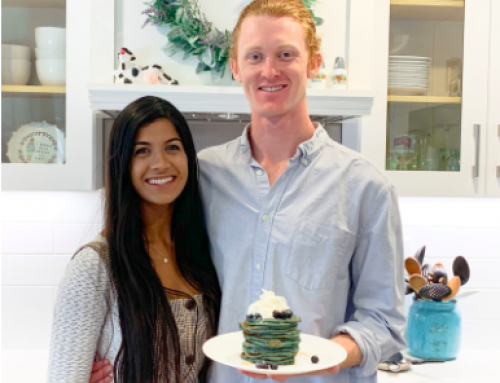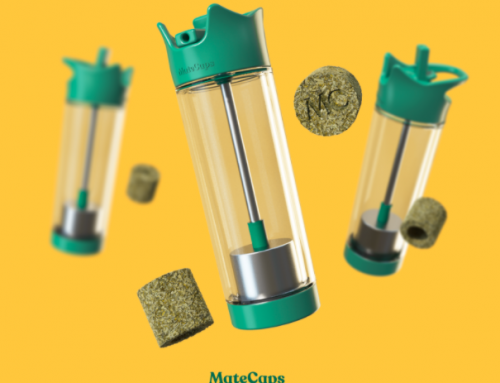Hello! Who are you and what kombucha business did you start?
As somebody who always grew up wanting to be an inventory, I have always been attracted to figuring out what people wanted, and making something for them. When I grew up, this curiosity and creativity manifested itself in an online advertising career.
Advertising has been super fun because it forces you to figure out what makes people tick and creating a solution with those insights, but I still had an itch to create something new.
Starting Skinny Piggy Kombucha was the thing that let me fully take my innate passion to life. After I started brewing kombucha, I got high on seeing random strangers holding my product, random people tagging us on social media, and seeing empty Skinny Piggy bottles at the recycle bin at my kid’s preschool. Knowing that you’ve created something is the best feeling in the world.
Skinny Piggy Kombucha has four flagship flavors: Sun-Kissed Lavender, Ginger Snappy, Mojito Mambo, and Original Tea Blend. We also do seasonal blends. All of our kombuchas are flavored with tea blends instead of fruits/juices/sugars, which help keep unnecessary calories out of our drink while keeping the taste amazing.
Since starting the company, we have been on shelves in 7 states, and in over 200 retail locations. My wife Katrina and I are the majority owners, and Katrina is actually the one who has started taking over responsibilities full time. I still have a day job in advertising (which I love), and get to enjoy making kombucha in my spare time.
What are your sales figures?
It took us a while to get there, but we surpassed six figures of revenue last year with steady growth and a nearly non-existent marketing budget. Many of the costs associated with building out our brewery without substantial financial backing of large investors and low-interest loans have tied our hands in a lot of ways as far as investing.
However, we’ve been able to use grit, networking, and a great product to have steady growth. The more we grow, the more we are able to improve our company’s financial health, and eventually invest in real growth strategies.
What’s your backstory and how did you come up with the idea?

There are tons of home brewers across the country making beer in their garages, backyards, living rooms, and kitchens. All of these people at some point asked themselves, “what if I started a brewery?” This question usually arises after finally making a great tasting brew. After all, if I love it and my friends say they love it, it must be something that will fly off the shelves!
To me this question was always theoretical because the thought of starting a full-scale brewery is daunting. There’s a lot of equipment in a full-scale brewery that’s much different than the things used in homemade brews. Going pro was nothing more than a fantasy.
Related Reading: How We Grew the Best-Selling Aloe Vera Beverage Company in the United States
This all changed after my wife Katrina saw an instagram post from Shawn Johnson showing her love of Kombucha – a drink made from fermented tea. Katrina sped down to the closest Whole Foods, and got a bottle for herself. When she shared it with me, I noticed a couple of things. First, the drink was kinda funky. Second, it gave me the same psychological satisfaction as sipping a beer. I was hooked.
Considering my penchant for curiosity I felt that I needed to home brew this stuff myself. So I did. Eventually the kegerator in my dining room ran out of home brewed beers, and filled with kombucha. I drank a lot of the stuff.
Then other things happened, like certain long-gastrointestinal issues calmed down. My skin looked better. My stress and anxiety levels went down. Kombucha was also a great companion for grad school because there were so many moments where I could really use a beer, but I still had hours of homework and studying to do. Kombucha was perfect for psychological relief without the negative effects of losing focus.
When I finished grad school, I became restless, so I floated the idea of brewing more kombucha to Katrina. She was the first skeptic of this idea, but eventually became supportive once I fleshed out the business plan and promised to start small.
After some time, we established operations in a shared kitchen with other food businesses, and sold our product at a farmers market. Meeting face to face with customers at a farmers market was a perfect way to gauge whether or not people in our midwestern town would be open to a funky drink that was super popular on the coasts. After a year, we gained a lot of insight from our customers, and decided to scale up.
We took a year-long pause from making anything to rebrand, run a kickstarter campaign, and get equipment. Long story short, the cost to build a brewery was greater than we anticipated, and there were many delays due to regulations and delivery of equipment. Scaling up our production left us bruised and in debt, but at least we had production capacity for growth.
Initially we had the mindset of “if we build it, they will come” in regards to sales because kombucha was such a quickly growing category. All we needed was one large sale to a chain to exceed our production capacity. We quickly learned that sales didn’t happen quickly, and that we needed to have quick wins with small retailers to start our cash flow. Going after small businesses saved our company, and allowed us to get loyal customers who went to small grocers and coffee shops.
Related Reading: How I Started a Switchel Beverage Company
When things started to get really busy, Katrina and I had to decide which of us would quit our full-time jobs to manage the business. After a lot of consideration, it appeared that the best bet would be for Katrina, the original skeptic of the company, to take the business reigns. I remained in production on evenings and weekends.
Having one of us work would allow us to not take a salary from the company until the company would really take off. Although we’re growing steadily at about 20% per year, we’re still waiting for a large break that will take our company to the next level with our fun, and approachable flavors.
Take us through the process of developing and testing your first kombucha.
Initial batches of kombucha were always made at home with repurposed beer homebrewing equipment. Luckily the knowledge I acquired by homebrewing quickly transferred to kombucha, and I could create a product that was good and high quality.
When we brewed in an incubator kitchen our first year, we were able to use the same home brewing technique and equipment. We just brewed more often. The incubator kitchen helped us with regulatory stuff, and other food businesses in the incubator were a terrific resource in how we went to market.
Our biggest operational challenges came when we scaled up from the incubator kitchen to a full-on brewery. Like with home brewing, beer stuff easily transferred to kombucha. I tapped into the professional beer brewing community to learn about how to use my equipment, and basically used trial and error until the process worked for us.
Describe the process of launching Skinny Piggy Kombucha.
After we decided to scale up, we knew the equipment was going to be expensive. That’s why we were searching for ways that we could share space with other businesses that used similar equipment – specifically beer breweries. One brewery in town liked to make funky ferments from wild yeasts and souring cultures, so we thought it would be a good fit.
They were awesome and started the work of seeing how we could fit in their space. They had reached out to TTB regulators to see if it would be cool for us to share space, and we didn’t hear any objections. We decided to move forward. Equipment was purchased, and showed up at their brewery.
When we did a final check with the TTB, the local regulators started showing a threatening tone to us. Although we just wanted to know how we could be in compliance as a non-alcoholic beverage manufacturer alongside an alcoholic beer brewery, the TTB started sending messages in a somewhat threatening tone.
Being on the wrong side of a regulator was not in our best interest in this stage of our company, we quickly decided to take our equipment elsewhere and started building out own own space.
While a successful Kickstarter campaign and a small round of investing from friends/family helped us purchase some minimal equipment, the new situation that required a build-out made our costs balloon.
We had to take out a LOT of credit card debt to finance the build-out so that we could get our product to market, and get some revenue to pay equipment leases. Getting things financed was painful, but it was the surest path to launch.
Since launch, what has worked to attract and retain kombucha customers?
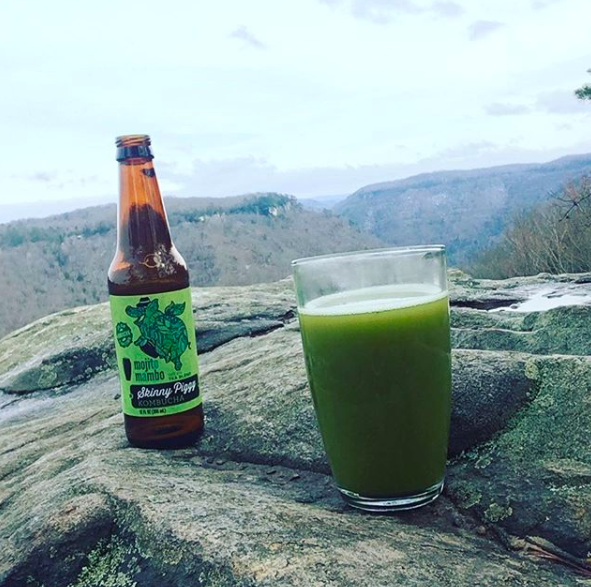
Food is a hugely experiential product. If somebody tries it and likes it, they’ll continue to consume it. That’s why our small retail strategy has been important for our growth.
We partnered with an independent distributor in Cincinnati to put us in small shops. These smaller shops are less crowded with competitors, and there are assumptions by consumers smaller retailers only choose good products on their shelves. Having us in a lot of small retail shops locally helped people try us, and helped support our sales at large retailers.
We also understood that kombucha is a new product category, and many people learn about it and research it online. That’s why we purchase AdWords search ads for kombucha, and have a comprehensive FAQ that talks about our product. Then we send people to our retail locator so people can try our product.
What does the future look like?
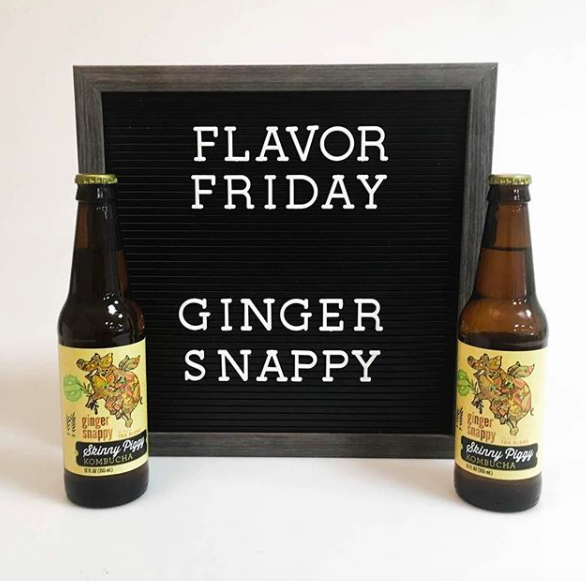
Right now we’re sold in over 150 locations, and are working with UNFI, our national distributor, to get us into other regions. We’re hoping to land a few more chains to help us with our cash flows.
We are barely breaking even due to the credit card debt, but once we flip comfortably into profitability, our margins can get as good as 60%. Then when we have cash in the bank, we can take another look at our packaging, buy things in bulk and get margins upwards of 80%.
One route we’re exploring to help us accelerate our profitability is partnering through another company getting into kombucha. We’re still prospecting who might be a good fit, whether it would be through distribution channels, marketing resources, or a common vision in helping people be the best versions of themselves.
Even if we do not find that partnership, we are in this for the long haul, and expect to get incrementally more profitable as we grow through larger retailers.
Through starting the kombucha business, what lessons have you learned?
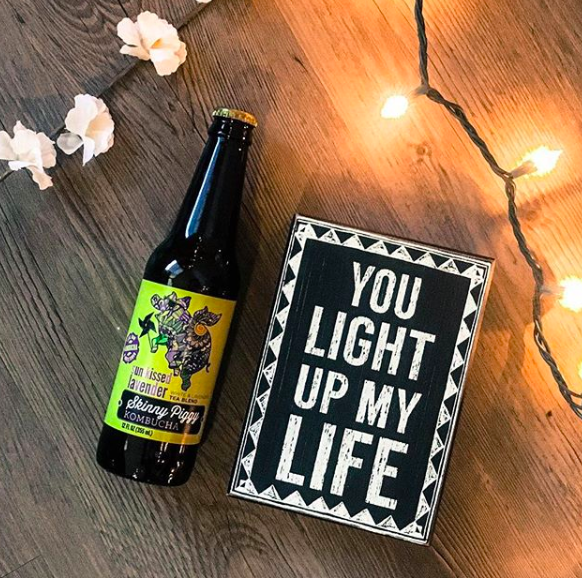
Taking criticism and understanding how to apply it as skill this business has helped hone. When creating a product that is so dependent on personal taste, there will always be people who will give you advice on how to change – change the flavors, processes, packaging, marketing, or any other aspect of your business. Sometimes this advice is warranted, sometimes it’s dumb. The trick is understanding the difference.
The litmus test I use to see whether the advice is warranted is whether or not the person dishing the advice is an accurate representation of my customer.
When we were at a point of seeing investors, we met a lot of middle-aged white guys who thought they knew what we should do with our product. Some of that advice was practical in regards to manufacturing and sales, but typically their advice on how we fundamentally changed our product was woefully misinformed. It was tempting to listen to their advice in hopes of taking their investment money, but that’s not what would help make our core customers love our product.
It is a huge challenge to filter solicited and unsolicited advice, but it’s a practice I highly believe in.
Your brain can be an echo chamber of horrible ideas, and actively looking for feedback can help take the blinders off. You just need to politely ignore bad advice, and go full-steam ahead towards any great insights you capture.
What tools are essential to the operations of Skinny Pig Kombucha?
We log all of our sales in Google Sheets, and connect it with various visualizations in Google Data Studio. This allows us to compare seasonality of our flavors, see which retailers are doing well, which ones need some love, and help us anticipate demand.
We’ve also integrated this sales data into Google Analytics so we can compare sales with site traffic by region. If sales are slumping in one area, we can try marketing efforts in certain places and see whether site traffic helps boost sales somewhere.
Google Analytics data is also helpful in understanding who is visiting our site. Our assumption is that people who are likely customers are also visiting our site, so we check demographics, interests, and location.
Finally, the best tool is actually talking to customers. Doing sampling, staying in farmers markets, and talking to people who are buying your product will be the best resource in understanding why people are grabbing your product
Are there any books that have influenced your business?
Aside from typical business and startup books/podcasts, one resource that really inspired me was The Martian. While this isn’t a business book by any means, it was definitely a story of survival.
Understanding the value of never giving up and being resourceful carried me much farther than learning to write a perfect business plan in grad school.
Advice for other beverage entrepreneurs?
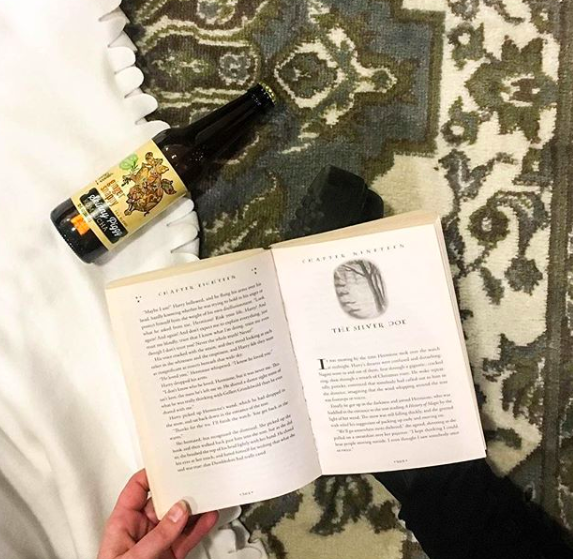
Hubris is a real double edged sword. On the one hand, confidence in the face of criticism, and bullheadedness in pursuing an idea is vital to the survival of a company. Businesses fail when you give up, so when you believe you can achieve something despite the odds, this can be a powerful tool.
However, it also opens the door to creating risk. In our case, we made a large bet in building out a large production facility without many existing wholesale customers. Then when we didn’t get immediate traction, paying for assets that didn’t produce revenue put a long-lasting strain on our company.
During the whole process of building our company I also learned to rely on my network. The easiest way to get fans of your product are the people you already know.
Get them to believe in your product, and they’ll tell their friends. This is how you get your initial customers, which gives you that vital inertia at the beginning. Then once you grow, remember to keep your customers close. Listen to them.Give them what they want!

